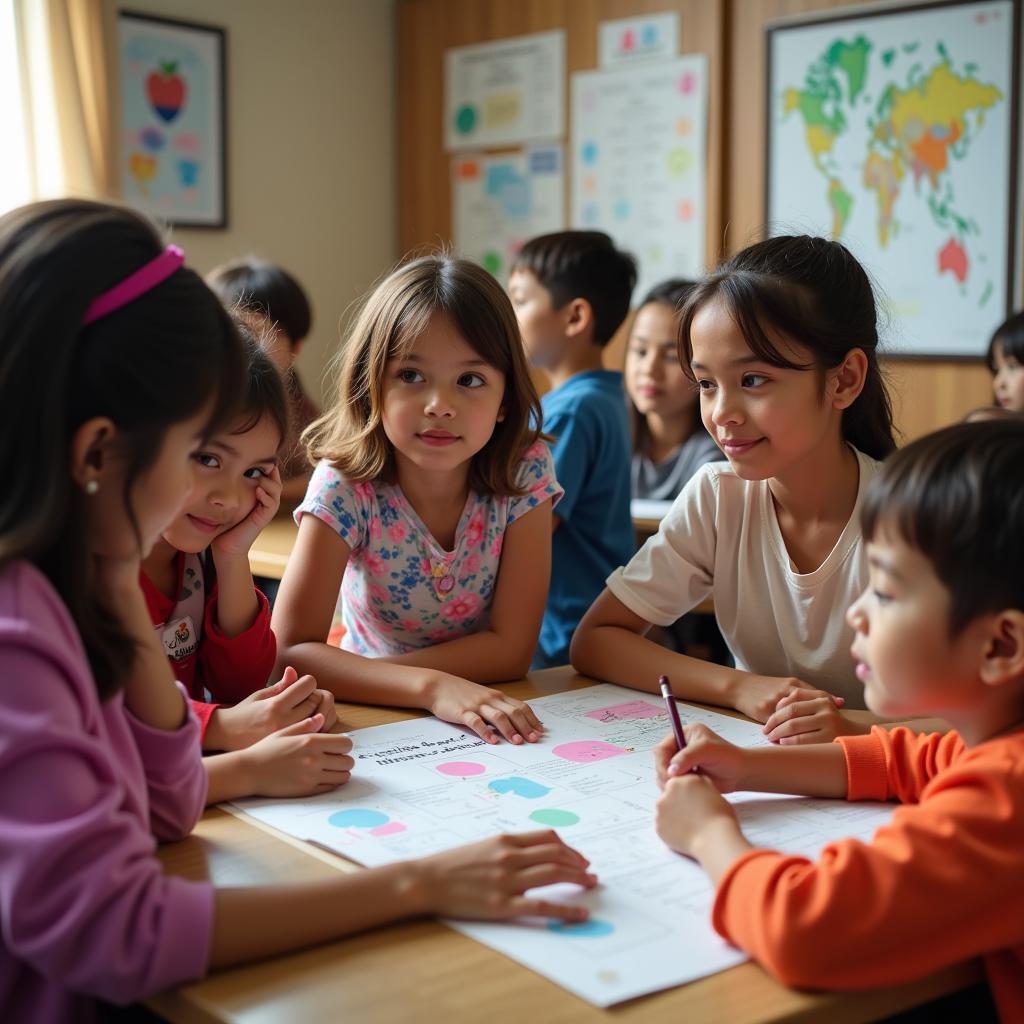Violence, in all its forms, is a Scourge On Society. It tears at the very fabric of our communities, leaving behind trails of pain, fear, and distrust. Whether it’s physical, emotional, or structural, violence impacts us all. It limits our potential, hinders our progress, and robs us of our shared humanity. But to truly address this complex issue, we must delve deeper than the surface and examine its root causes.
 Social Inequality and Violence
Social Inequality and Violence
One of the most significant contributors to violence is social inequality. When large segments of a population are denied basic needs such as food, shelter, healthcare, and education, it creates a breeding ground for frustration, resentment, and ultimately, violence. The desperation born from such disparities can manifest in various ways, from petty theft to organized crime, from rioting to armed conflict.
Furthermore, systemic discrimination based on race, religion, gender, sexual orientation, or other factors can fuel a cycle of violence that spans generations. When individuals or groups are marginalized and denied equal opportunities, it breeds feelings of powerlessness and anger, which can erupt in destructive ways.
Trauma also plays a crucial role in perpetuating violence. Exposure to violence, especially in childhood, can have long-lasting effects on individuals and communities. It can lead to aggressive behaviors, mental health issues, and substance abuse, creating a vicious cycle that’s difficult to break. Moreover, unresolved trauma can be passed down through generations, leading to cycles of violence that seem impossible to escape.
 The Role of Education in Peacebuilding
The Role of Education in Peacebuilding
Breaking this cycle requires a multifaceted approach. We need to address the root causes of violence by tackling social inequality, promoting inclusion, and providing opportunities for all. This includes investing in education, healthcare, and social services, as well as creating avenues for meaningful dialogue and reconciliation.
Equally important is addressing the psychological scars of violence. Providing access to mental health services, supporting victims of violence, and fostering environments of healing and resilience are crucial steps in breaking the cycle of trauma and aggression.
Ultimately, building a more peaceful world requires a collective effort. Governments, organizations, and individuals all have a role to play in creating a world where violence is not the norm but a tragic anomaly. Let us choose compassion over indifference, understanding over prejudice, and peace over conflict. The path to a more just and peaceful future starts with each of us.